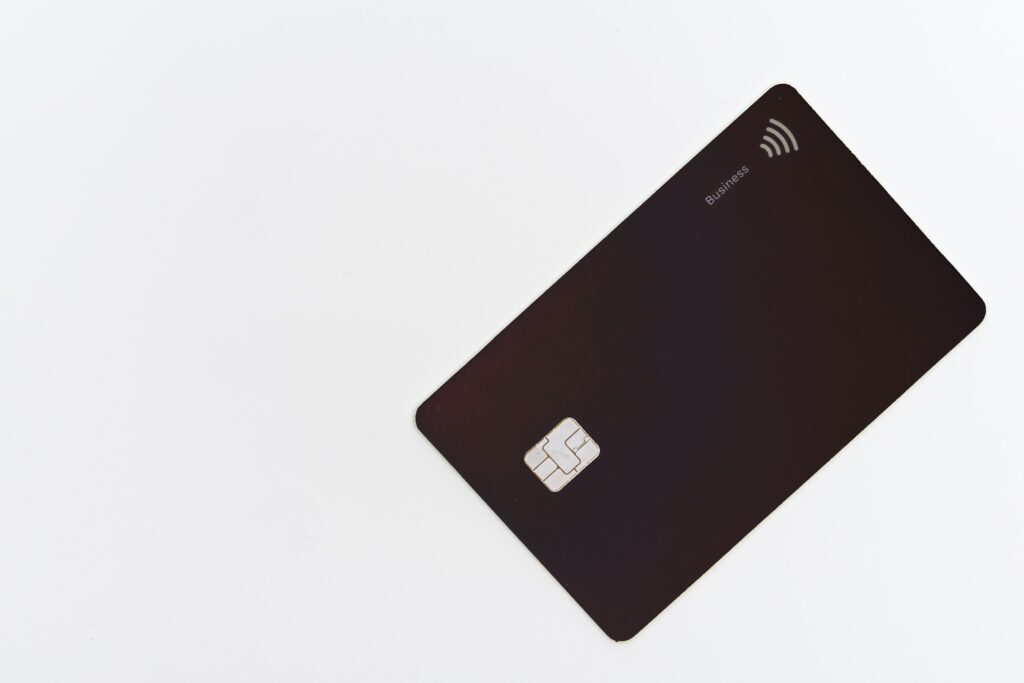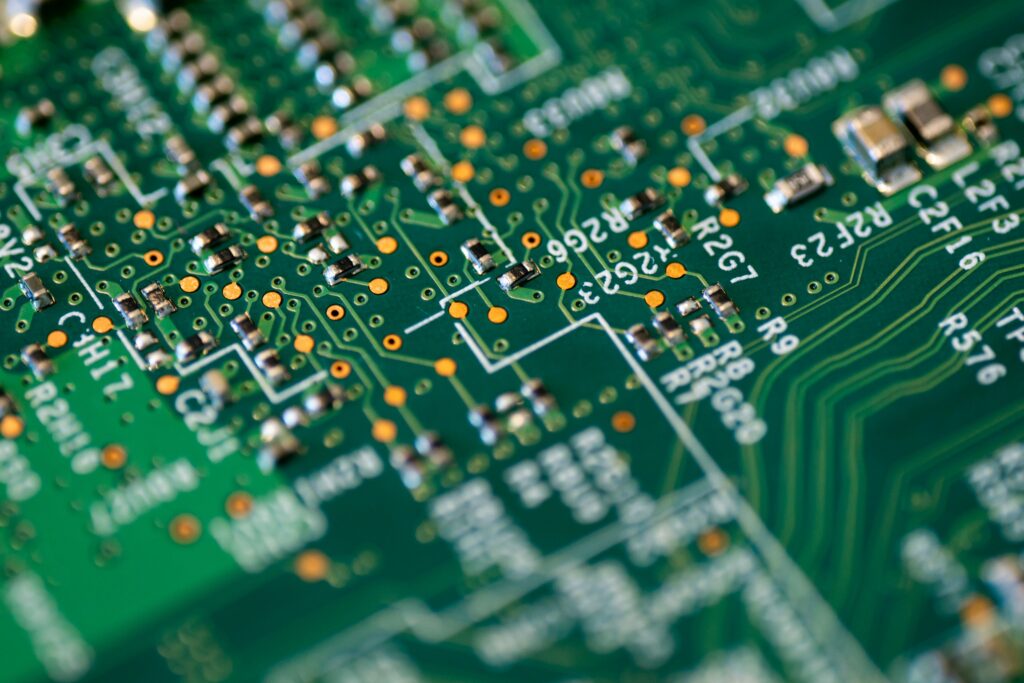Mastercard announced that ATMs in Bosnia and Hercegovina, Serbia and Macedonia must support contactless technology from 2022. This technology is already in place in these countries and several other ones.

During the lockdown caused by COVID, many people went more and more digital by ordering online and expecting less cash. According to a UK study, cash withdrawal dropped by 37% in one year. Despite these figures, there is still a mass requesting cash and expecting to have access to the cash quickly and securely.
Advantages from several perspectives
Many articles discuss the security issues to be reduced using the contactless interface. Most of them refer to card skimming as a vital factor. In a traditional ATM, the cardholder must insert their payment card in a hole where it gets out of sight and can be secretly skimmed or blocked. If the cardholder only needs to touch a contactless surface with their card, the lack of the physical process gives less chance to the criminals.
On the other hand, many cardholders love to use their mobile phones or watches as their preferred payment devices. As contactless payments at the POS terminals increase, these cardholders may leave their payment cards at home and use only their portable or wearable devices. They need to carry their cards because not all ATMs support this technology.
At the same time, using contactless technology, the time of one transaction may be much shorter, primarily if the ATM operator supports quick cash amounts. Seconds are saved if the ATM doesn’t need to swallow the card and give the card back.

The payment device remains in the hands of the cardholder during the entire transaction. Consequently, there is less chance that the cardholders forget their payment card at the ATM.
Contactless kernels and certifications
Terminals and ATMs must comply with the EMV specification and card brand requirements.
EMV L1 and L2 testing are applied to verify whether the terminal works as EMV specifies. In the traditional EMV environment, where the cardholder must insert the card into the terminal, the terminal kernel was designed to handle the transactions independently from the brand network. Terminal manufacturers should have created one kernel.

In the case of contactless terminals, EMV specifies several kernel versions. Consequently, the terminals supporting payment schemes must comply with several contactless kernel specifications. Terminal manufacturers should develop one kernel for Mastercard, another for Visa, etc.
Before deploying the ATM, the ATM operator (the acquirer) must undergo the L3 certification process because adding a new interface to the terminal is considered a major change. The L3 process could be successful only if the NFC reader and the terminal software have already received their letter of approval for the EMV kernel specification, which belongs to the payment scheme supported by the acquirer. To learn more about L3 certifications, contact us or consult our service.
Before starting the project, the acquirer had better verify if all preliminary certifications of the terminal are available and aren’t near their expiration date. Finishing a project but failing the certification due to an expired certification is painful.
Don’t block out your customer
ATMs are working 24 hours, seven days per week. The cardholders use them at weekends, nighttime, and on holidays.

When the branches are closed, the customer has to have access to the 24-hour area. A usual method is that the customer opens this area by swiping his bank card in a reader installed by the door. Tech-lover customers may tend to carry contactless devices only, leaving their cards at home. They may be unable to enter the area if card readers require them to swipe their cards, as they do today.
Sources
- Mastercard transaction processing rules
- Contactless ATM Guidelines (US Payments Forum)
- UK cash machine withdrawals drop by over a third in 2020
- ATM: Is Contactless the Future?
- Sparkasse Bank Bosnia and Herzegovina implement mCash module
- Photo by Markus Winkler on Unsplash
- Photo by Jorge Fernández Salas on Unsplash
- Photo by Magnus Engø on Unsplash
- Photo by Steve Pancrate on Unsplash
- Image from pngtree.com
